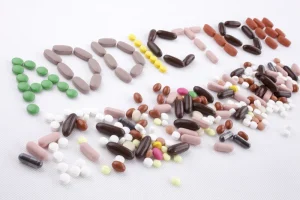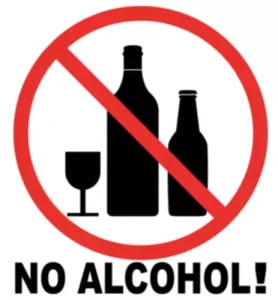
The skin and sclera of the eyes often turn yellow in patients with alcoholic liver disease. The colour, known as jaundice, is due to bilirubin, a product broken down from haem derived from red blood cells. The metabolism of bilirubin https://ecosoberhouse.com/ is impaired in acute and chronic liver disease. Alcohol dehydrates the skin, leading to dryness, dullness, and the exacerbation of certain skin conditions. It can also accelerate the aging process and cause redness and inflammation.

The Connection Between Alcohol and Premature Aging
Excessive alcohol use accelerates the aging process in your skin and decreases your overall skin health. Department of Agriculture suggest consumption should be no more than one alcoholic drink per day for women and two for men. Consuming more will, in the long term, have a negative effect on skin. A more serious side effect of heavy drinking is a yellowish tint in the whites of your eyes. This is a sign of jaundice and the beginnings of liver disease or cirrhosis. Alcohol reduces levels of vitamin A in the body, leading to decreased skin renewal and repair.
Up your vitamin intake
- And unfortunately, this can cause your skin to appear dull and zapped of its moisture over time.
- Look for products containing hyaluronic acid, glycerin, or ceramides, which are known to lock in moisture and strengthen the skin barrier.
- It’s no secret that, as a toxin, alcohol has many negative effects on the body — and yet, this evidence still may not be enough to dissuade some of us from indulging in one too many.
- As that pertains to superficial cells, it means that your skin looks more dull, and its texture is rougher.
- Chronic misuse can lead to conditions such as rosacea, psoriasis and acne, and more serious health concerns such as skin cancer.
Then stress, allergens, and other triggers could lead to a flare-up where you experience more redness or discoloration, burning, itchiness, and oozing. Binge drinking—consuming four drinks for women or five for men in a two-hour how alcohol affects your skin span—is even more damaging than when the same number is spread out over the week. Watching for physical signs of alcoholism or alcoholic face is easier when you know you or a loved one have been drinking too much.

Chronic fatigue syndrome
- Setting clear goals, finding non-alcoholic alternatives, seeking support, and staying busy with alcohol-free activities can help reduce alcohol intake.
- At the first signs and symptoms of a severe allergic reaction, it’s essential to use epinephrine and go to the nearest emergency department for immediate follow-up care.
- However, very few people know or think about the way that drinking alcohol impacts skin health.
- Salicylic Acid is a BHA (Beta Hydroxy Acid) which controls sebum production and helps prevent breakouts.
While many of us may have overindulged over the holidays, the good news is some of the damage done by alcohol can be reversed with relative ease. Additionally, alcohol may also lower our skin’s natural ability to protect itself against damage. While your new rosy glow may not bother you too much, the inflammation of this flushing bothers your skin, and quite a lot. Additionally, if the body is dehydrated for too long, it may try to counteract this dryness by kicking its sebum production into high gear. Liver disease caused by alcohol use can cause hyperpigmentation, palmar erythema, jaundice, generalized pruritus, and caput medusae.

This isn’t exclusive to the face, though—you may see signs of water retention (as in puffiness) throughout your body. So if you wake up feeling or looking more bloated than usual, don’t be hard on yourself—it’s a direct result of alcohol consumption and it won’t last forever. Alcohol affects your body’s natural production of melatonin3 and can cause or ramp up symptoms of sleep apnea4, such as snoring. Not to mention, you may wake up early post-drinking, even if you went to bed late, thanks to the imbalance in blood sugar. The sole exception to alcohol use on skin is in the case of hand sanitizers. Such products require at least 60% alcohol (ethanol) in order to most effectively kill illness-causing viruses and germs.
- If your face flushes when you drink, you may have some degree of rosacea.
- The irony of using alcohol-based products to control oily skin is that the damage from alcohol can lead to an increase in oil, bumps and visibly enlarged pores.
- The least damaging types of alcohol for skin are lighter drinks with no additives—such as gin, vodka, or tequila.
Why Excessive Drinking Causes Facial Changes
